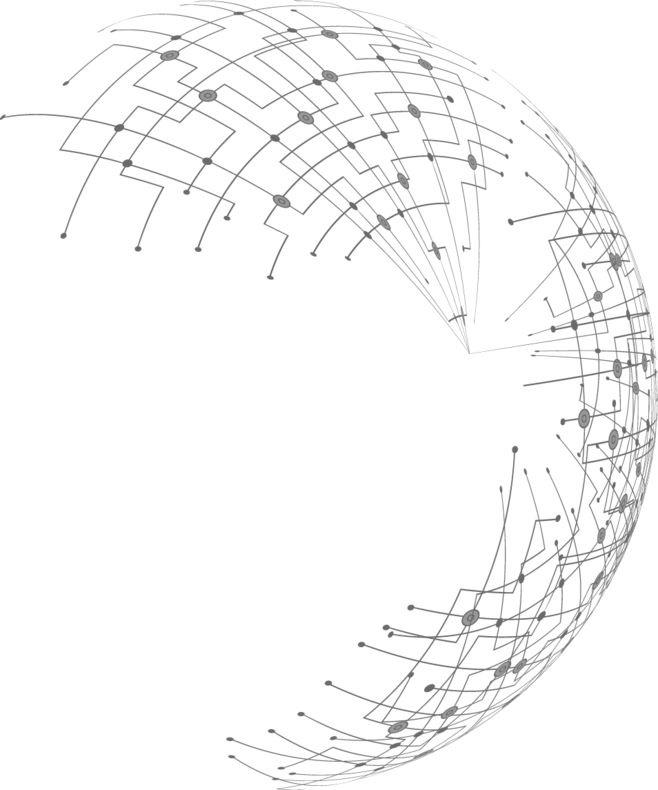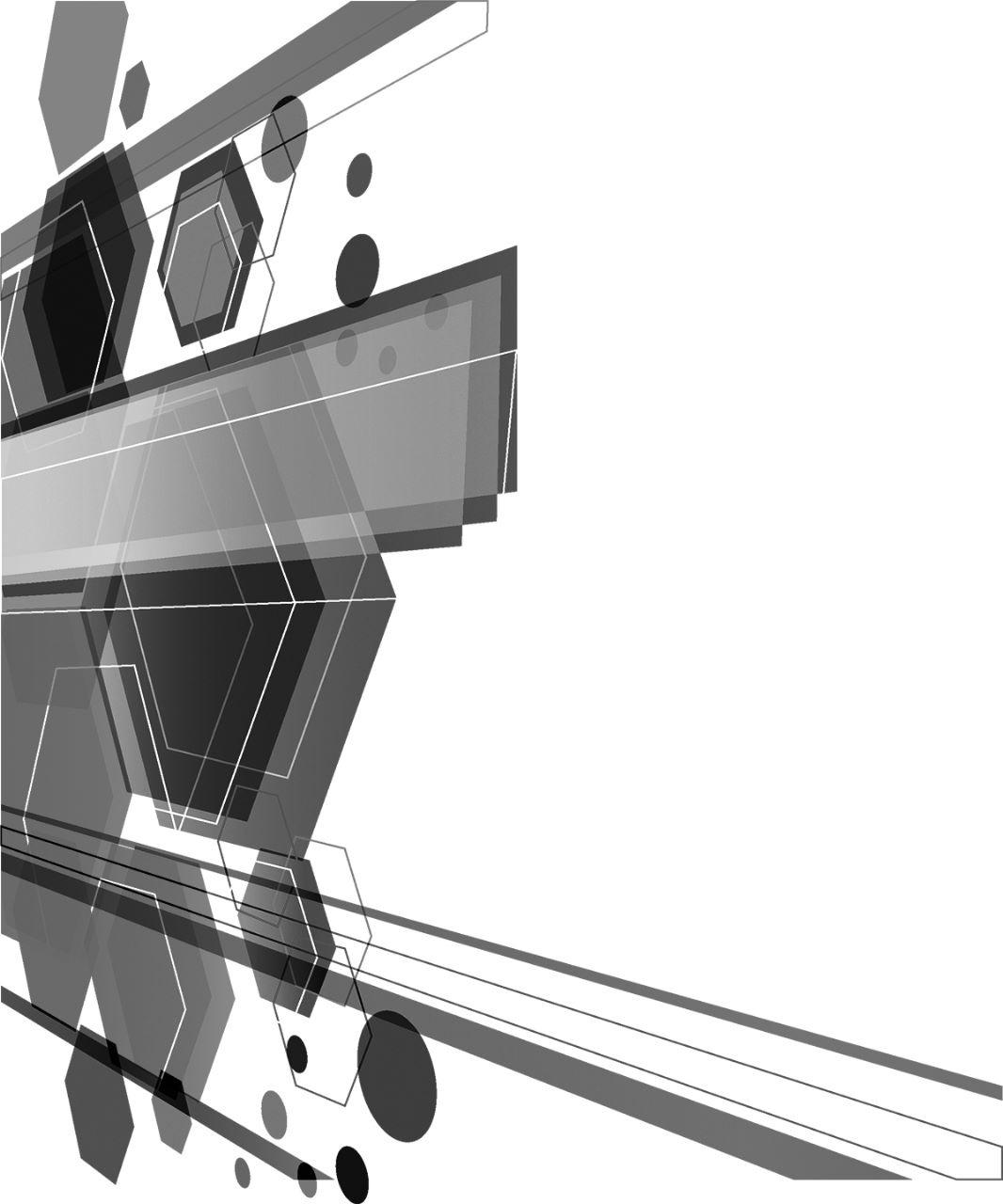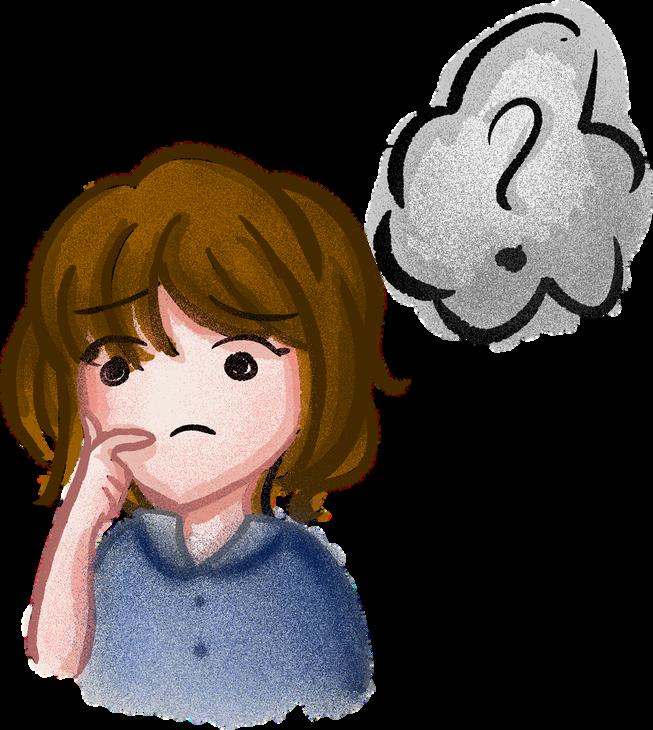
3 minute read
EVOLUTION OF PAYMENTS METHODS
When you go out, how do you prefer to pay? Perhaps we used to carry cash before the pandemic, but you know we prefer contactless payments over cash. If this is the case, you are not alone. According to a PAYMENTS and Visa study, the pandemic has only accelerated the modernization and digitalization of payment processes, with 80% of U.S. survey respondents claiming that they adopted new payment experiences and contactless payments due to a belief that cash could lead to COVID-19 exposure.
We've come a long way since 700 B C in China when we first began carrying physical currency in the form of coins and paper money. While paper checks first appeared in Holland in the 1500s, the evolution and variety of payment systems really took off in the late twentieth century with the introduction of debit and credit cards Fast forward to today, when there are numerous ways to process financial transactions, ranging from smart terminals to mobile payments. Buying and paying for things is a part of our daily lives these days, and we do now and then. But how did we get to where we are today?
Advertisement
Here is a rundown of the major milestones:
Barter: Evidence of a barter system dates back to the Neolithic, with the emergence of the agricultural/livestock society (probably before 7000 BC). The exchange of material goods or services for other goods or services is known as barter
Coins: They appeared first between 680 to 560 BC in what is now Turkey. Because barter sometimes posed difficulties for transactions, and certain forms of payment were perishable, they could not be accumulated, the use of coins increased As a result, coins made of precious metals appeared. The most practical shape was chosen: a circle.
Paper money and banknotes: Their purpose was to replace coins because they were carrying large amounts of coins was inconvenient Banknotes were first used in China in the 7th century, but their use was not made official until 812. It's worth remembering that until the 1970s, every banknote issued by a country's government had to be backed by a certain amount of gold.
Checks and bills of exchange: Bills of exchange date back to the 12th century in Italy. This document guaranteed that the debtor would pay the creditor or another person named in the commercial document. Cheques, on the other hand, date back to the 18th century and are associated with the English Crown.
Cards: The first credit card appeared in 1914, when Western Union created a loyalty card for its most affluent customers, granting them access to a line of credit with no surcharges. However, banks did not offer cards as a payment option until 1958. The first card was later known as Visa.
Digital payments: When the Internet and the World Wide Web system were introduced in 1990, goods and services began to be sold via this new communication channel. The company Peapod was a pioneer, offering the ability to buy groceries from home using a computer Following the recent disrupted digital revolution and the introduction of new technologies, it is now possible to pay by mobile phone or digital watch.
This gave birth to the idea of crypto currency. David Chaum pioneered the use of DigiCash and eCash to create a currency. However, Satoshi Nakamoto was the creator of first Cryptocurrency, Bitcoin, until 2009.
Conclusion
Money is and has been an integral part of our lives .Over the period of time evolution of money has transformed our lives in every possible way From exchanging goods with goods to making digital payment we have come a long way. New Age mode of payments are contact less payments .Contactless Payment has overtaken our lives in every aspect. No matter where we go we prefer digital payments as it is feasible option and refrain from holding cash The pandemic is one of the sole in charge of bringing revolution in the payment industry. It has transformed the functioning of money. Even though pandemic is almost over, people will find it easier to pay using alternative payment methods like SEPA, Sofort, PayPal, AliPay, and others Usage of paper notes and currency has declined with usage of Digital Payments to certain extent.
Cryptocurrencies: In 1998, Wei Dai proposed the creation of a decentralized type of currency using cryptography as a means of control.









